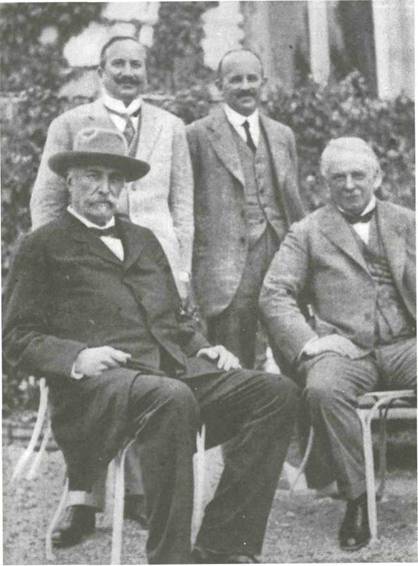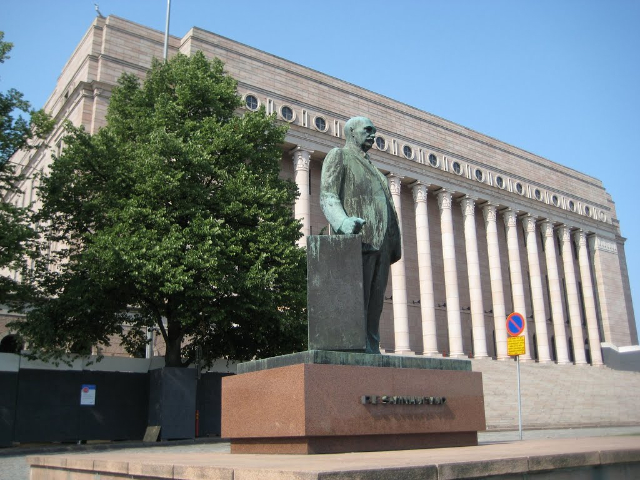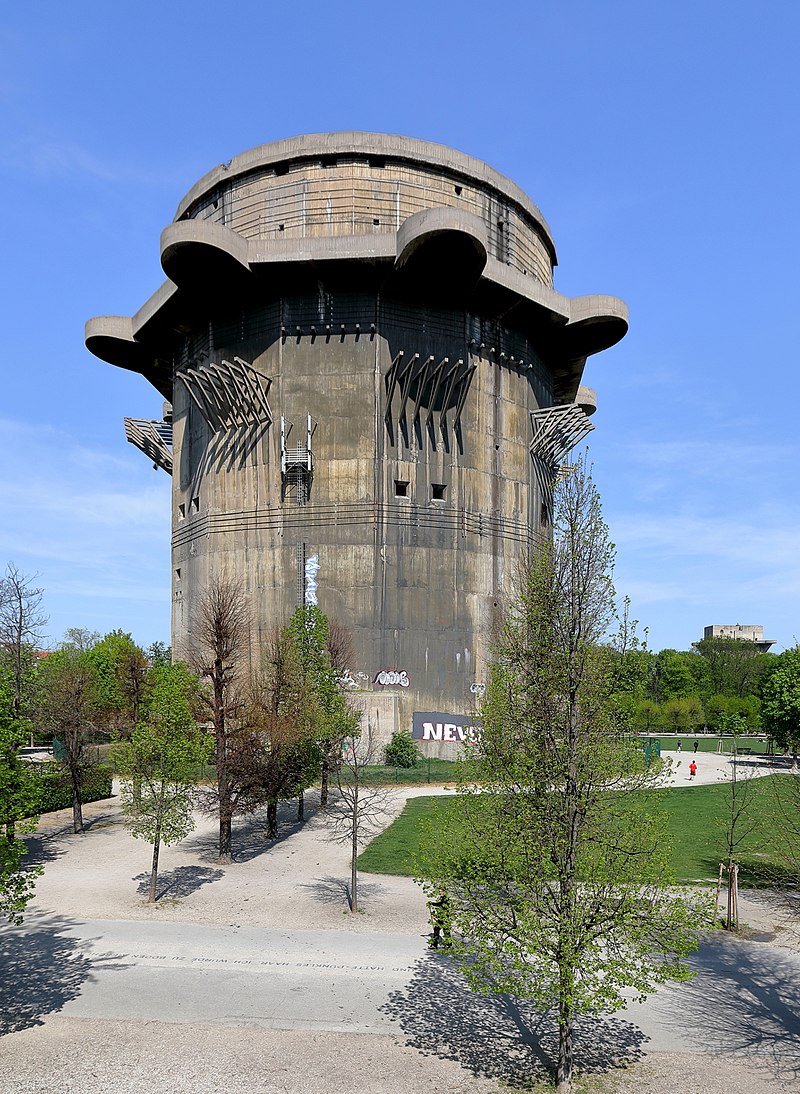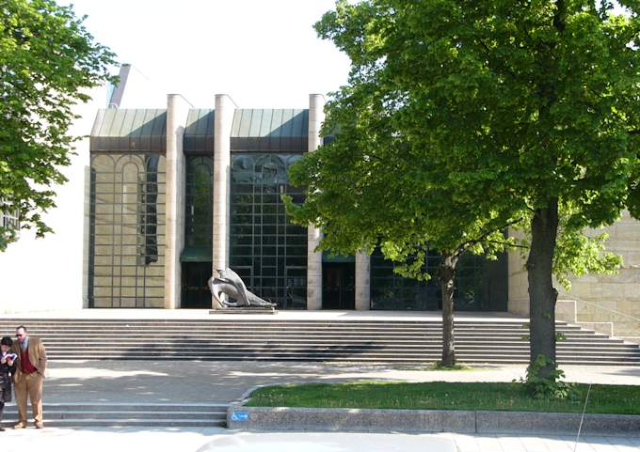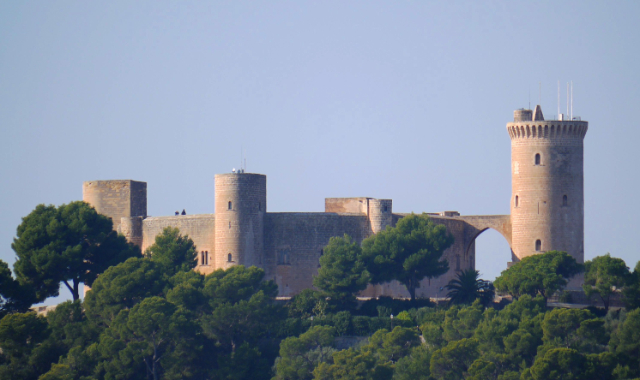According to Alberto Lodispòto, a well-known homeopathic physician and historian of Italian homeopathy, author of a valuable text on the "History of Homeopathy in Italy", the Mattòli family of Bevagna is the oldest family of homeopathic physicians in the world.
The first homeopath in the family was Agostino Sr (1801-1869), a progressive spirit, doubly revolutionary, both in the political and medical fields. In the medical field, Agostino attended the Faculty of Medicine in Rome and, after obtaining the degree "of honour", he entered, after a competition, as an assistant at the Santo Spirito Hospital, where he perfected the art of medicine for 5 years. Later, in 1828, he obtained the conduction of Palombara, where he worked for 10 years. In 1838, while he was passing from this hospital to the one in Vetralla, he met for a few days Dr. Pompili from Spoleto, who was going to take his place in Palombara. Pompili advised him to study Homeopathy. Agostino declared to have read some texts on Homeopathy, but to have "thrown them away with disdain". Pompili, who claimed to be a "homeopath more by sympathy and fact than by conviction" (only in 1859, having abandoned politics, did he dedicate himself entirely to Homeopathy), insisted that Agostino study Homeopathy in depth. The clinical results of homeopathy on Vetralla’s patients amazed Agostino to the point that he dedicated himself exclusively to homeopathic therapy for the rest of his life. His friendship and scientific and publishing collaboration with Gioacchino Pompili was deep and perpetual.
Pompili wrote about Agostino: "Doctor Mattòli’s genius was uncommon. His orderly and profound mind, nourished by strong literary and philosophical studies, had understood and
His orderly and profound mind, nourished by strong literary and philosophical studies, had understood and embraced the medical sciences in a synthetic intuition, in a way that few are used to". In 1855 and 1867 Agostino was very active in the course of cholera epidemics in Bevagna, with remarkable results on a statistical level. According to a military table cited in Lodispoto’s work, Agostino cured 193 patients in the 1867 epidemic, with a mortality rate of only 14 individuals (7.25% of deaths, while the mortality rate for untreated cholera is 50-60%) – statistically superimposable results were obtained throughout Italy and even in England. A plaque still placed in Bevagna on the walls of the house where he lived recalls his extraordinary action in favour of the population during the cholera epidemics of 1855 and 1867. After his death in 1869, a homeopathic conduct (probably the first in Italy) was established in Bevagna in his honour.
